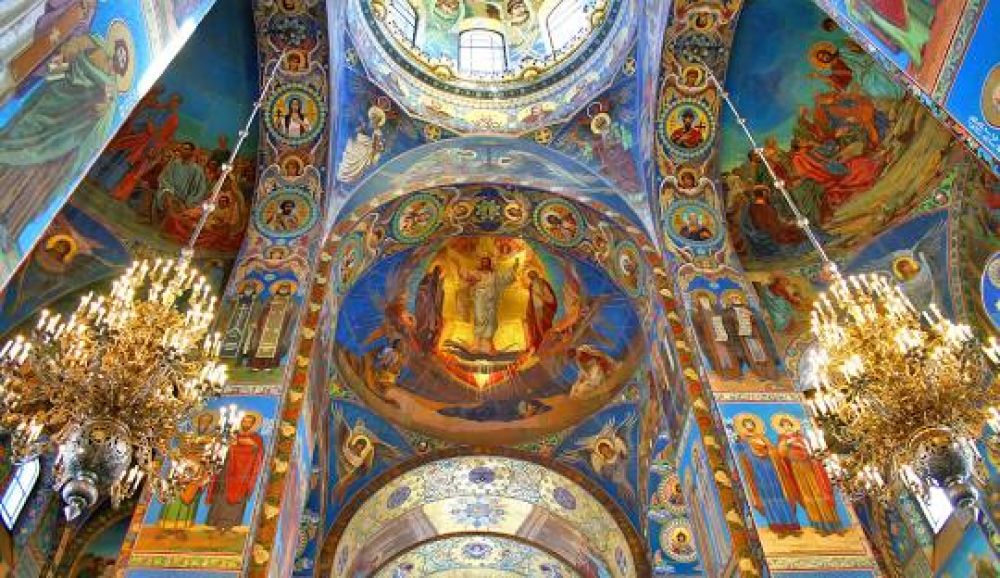

The Church of the Savior on Spilled Blood, also known as the Cathedral of the Resurrection of Christ, is one of the most iconic landmarks in Saint Petersburg, Russia. This extraordinary architectural gem stands out with its multicolored façade and ornate onion domes, attracting visitors from around the globe. Its history is as dramatic as its appearance.
The church was built on the very spot where Emperor Alexander II was assassinated in March 1881. Alexander II was known for implementing a series of reforms, including the emancipation of the serfs. His assassination triggered a national mourning and led to the decision to construct a memorial church on the site of his death.
Construction began in 1883 under the direction of architect Alfred Alexandrovich Parland, in collaboration with Archimandrite Ignaty, and was completed in 1907 during the reign of Nicholas II. Financed by the imperial family, the church was built in the traditional Russian style, meant to resemble the architectural design of St. Basil's Cathedral in Moscow and the Vladimir Cathedral in Kiev, as a tribute to the nationalistic sentiments of the era.
The church fell into disuse during the Soviet regime and suffered significant damage during World War II and the Siege of Leningrad. It was used for various non-religious purposes, including a morgue during the siege, and later as a vegetable warehouse, which led to its irreverent nickname, "the Savior on Potatoes."
After the fall of the Soviet Union, the church was eventually restored to its former glory, a process which took over 27 years, from 1970 to 1997. It was re-consecrated and opened to the public, this time as a museum rather than an active church, a status it maintains to this day.
Tourism at the Church of the Savior on Spilled Blood has been part of the broader trend of cultural and historical tourism in Saint Petersburg. Visitors come to marvel at the traditional Russian architectural style, richly detailed mosaics, and the historical significance of the site.
In recent years, there has been an emergence of virtual tours, providing access to the church's stunning interior remotely. It received a boost in digital engagement during the COVID-19 pandemic as travel restrictions were in place. Nonetheless, with travel gradually returning to normal, many tourists are eager to experience the church in person.
Eco-friendly travel has also gained popularity, with more tourists preferring to explore the city by foot or by using the extensive network of public transportation. Saint Petersburg has responded by making its attractions more accessible, with better signage and tourist information.
Another growing trend is visitor personalization, with tourists seeking unique, off-the-beaten-path experiences. While the Church of the Savior on Spilled Blood is far from a hidden gem, its surrounding areas have seen an increase in smaller, boutique tours focusing on the local history and culture.
To accommodate the ever-increasing number of visitors, facilities around the church have improved, with a plethora of guided tours available in multiple languages, showcasing not only the church itself but also the broader context of Saint Petersburg's history and its other architectural marvels.
The Church of the Savior on Spilled Blood continues to be a significant draw for tourists to Saint Petersburg, embodying the rich cultural heritage of Russia and the enduring legacy of its tsarist past.